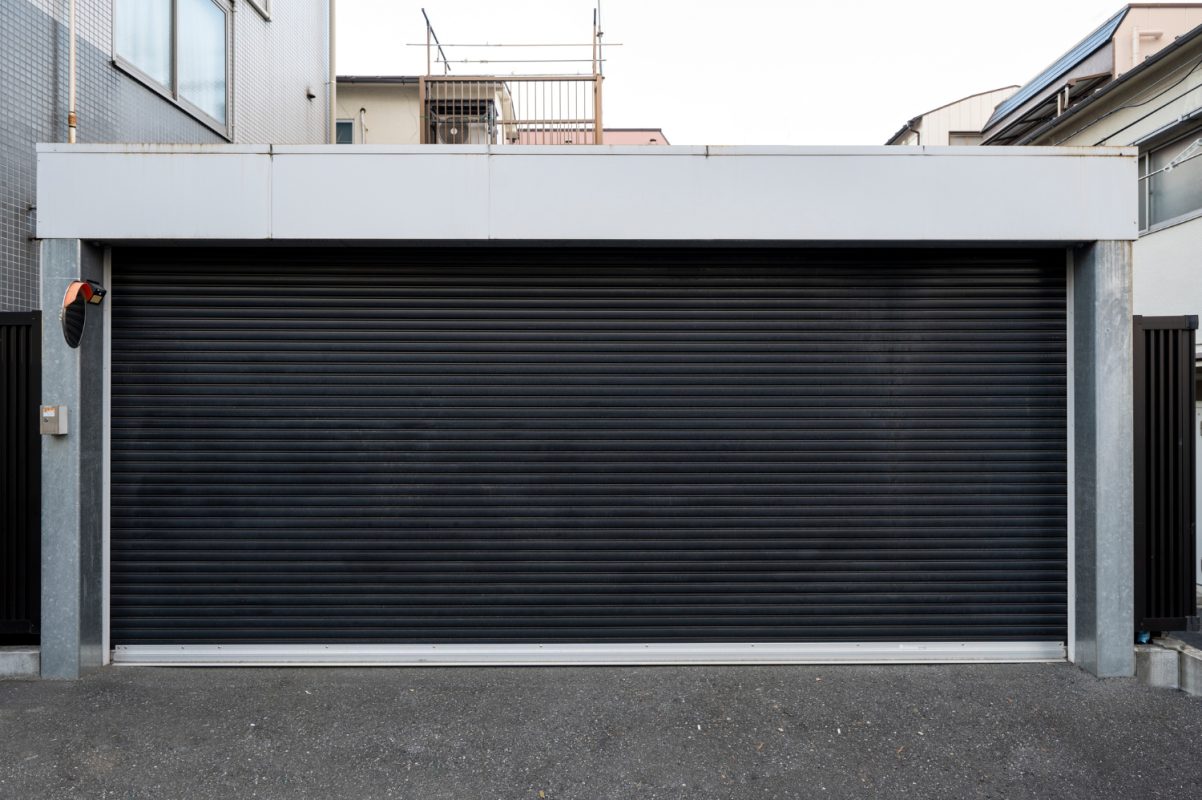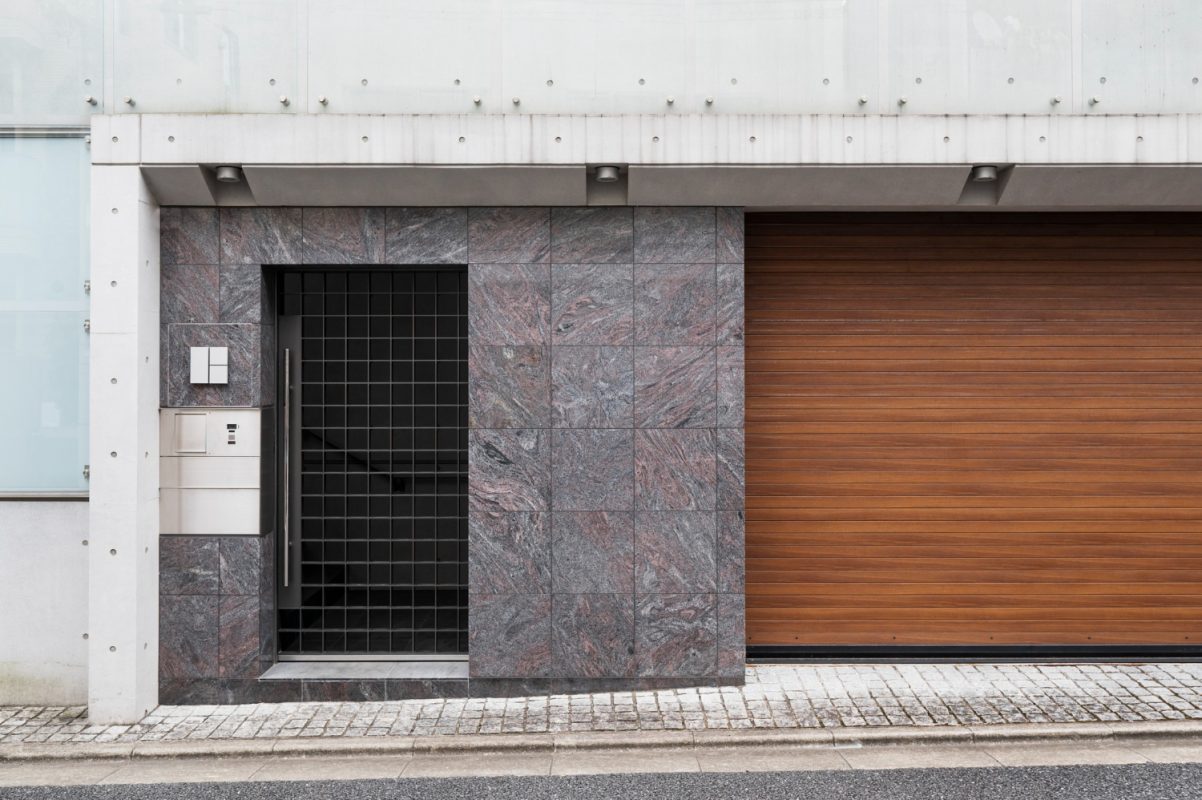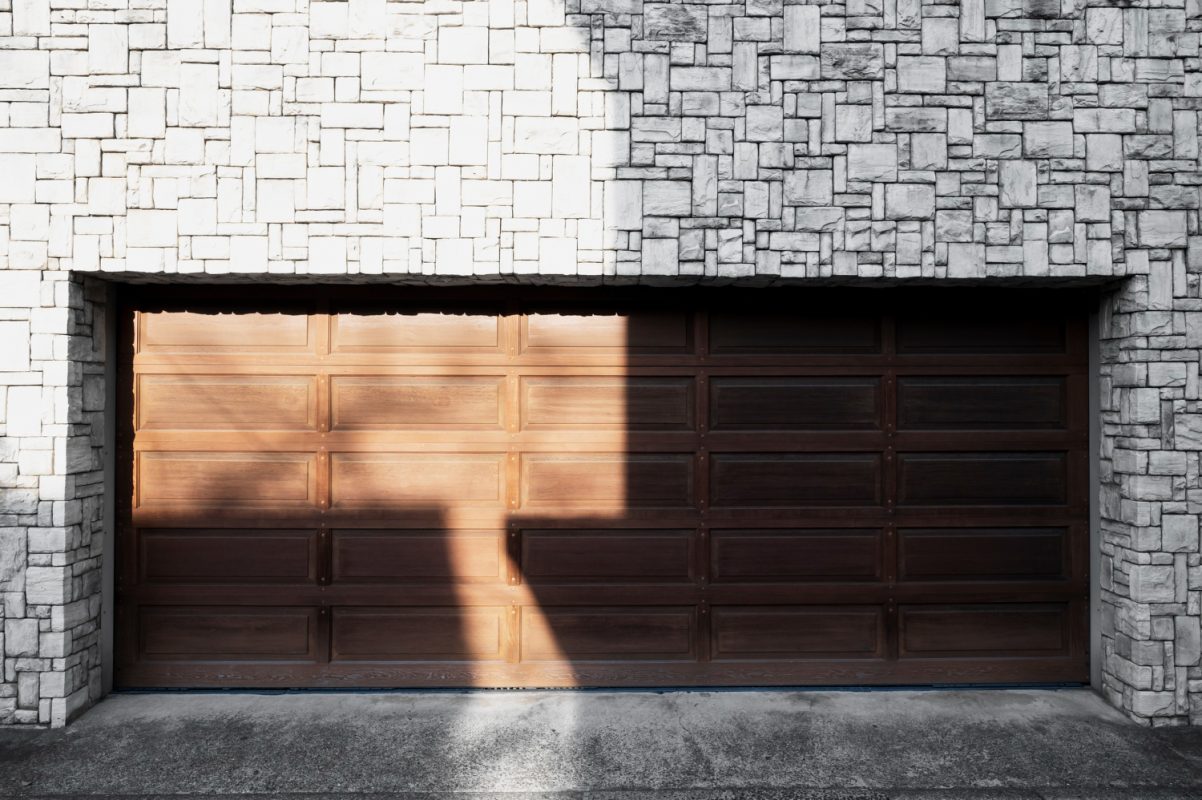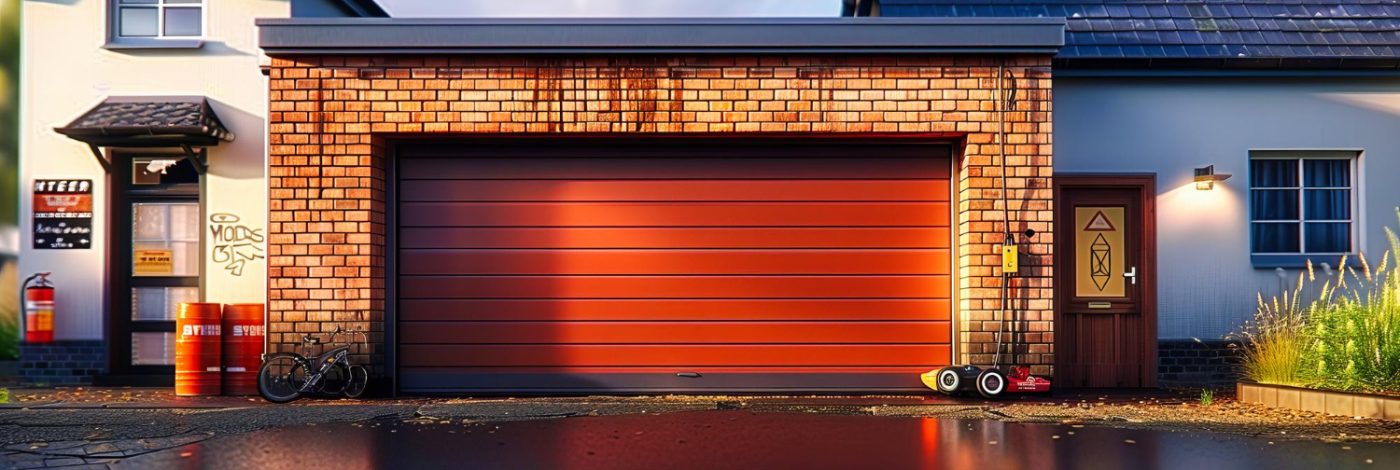Are you worried about your garage getting flooded during heavy rainfall? Don’t fret, because we’ve got you covered! In this article, we will share five effective strategies to keep your garage safe from flooding.
Water damage can wreak havoc on your garage, causing damage to vehicles, stored items, and even the structure itself. By implementing the right preventive measures, you can minimize the risk of flooding and safeguard your belongings.
Our brand understands the importance of protecting your property, and that’s why we have compiled these strategies to ensure your garage stays dry and safe. From installing a drainage system to raising the floor level, each technique has been carefully selected to provide you with the best solutions.
Don’t let flooding ruin your garage and your peace of mind. By following these strategies, you can be better prepared for the rainy season and avoid costly repairs. So, let’s dive in and discover how to keep your garage flood-free!
Understanding the risk of garage flooding
Garages are often vulnerable to flooding, especially during heavy rainfalls or severe weather events. The proximity of the garage to the ground level and its location in relation to the overall drainage system of your property can make it a prime target for water intrusion. Factors such as the slope of the land, the presence of nearby bodies of water, and the age and condition of the garage structure can all contribute to the risk of flooding.
When water accumulates around the garage, it can seep through cracks, gaps, and other entry points, leading to damage to the structure, stored items, and even your vehicles. Flood water can cause rusting, corrosion, and short-circuiting of electrical components, leading to costly repairs or even the replacement of affected items. Additionally, standing water can create an ideal breeding ground for mold and mildew, which can compromise the air quality and pose health risks to you and your family.
Understanding the potential risks of garage flooding is the first step in developing effective strategies to protect your property. By being aware of the factors that contribute to this problem, you can take proactive measures to minimize the chances of water intrusion and safeguard your valuable assets. In the following sections, we will explore various strategies that can help you keep your garage safe from the devastating effects of flooding.
Assessing and improving drainage around the garage
One of the most crucial steps in preventing garage flooding is to assess and improve the drainage around the structure. Proper drainage is essential in directing water away from the garage and ensuring that it has a clear path to flow away from the building.
Start by inspecting the area around the garage, looking for any signs of water pooling or poor drainage. Check for clogged gutters, downspouts, or drains, as these can impede the natural flow of water and cause it to accumulate near the garage. If you notice any areas where water tends to collect, consider installing additional drainage solutions, such as French drains, catch basins, or swales, to redirect the water away from the garage.
Additionally, ensure that the ground around the garage is sloped away from the structure, with a minimum of a 1% grade. This will help prevent water from seeping into the garage through the foundation or door openings. If necessary, consider regrading the area or adding fill dirt to create the desired slope.
Regular maintenance of the drainage system is also crucial. Clear gutters and downspouts of debris, and ensure that any drainage pipes or channels are free of obstructions. Consider installing gutter guards or leaf filters to minimize the buildup of leaves, twigs, and other debris that can clog the drainage system.
By taking the time to assess and improve the drainage around your garage, you can significantly reduce the risk of water intrusion and protect your valuable assets from the damaging effects of flooding.

Installing flood barriers and seals
In addition to improving the drainage around your garage, installing flood barriers and seals can provide an additional layer of protection against water intrusion. These measures can help prevent water from entering the garage through cracks, gaps, or door openings.
One effective solution is to install flood barriers or flood gates around the garage door. These barriers can be made of sturdy materials, such as aluminum or steel, and can be deployed quickly when heavy rainfall or flooding is expected. Some flood barriers even feature automatic deployment mechanisms, which can be triggered by rising water levels or connected to a smart home system.
Another option is to apply waterproof sealants or caulk around the garage door frame, windows, and any other potential entry points for water. These sealants can help create a tight barrier that prevents water from seeping into the garage. Be sure to use high-quality, water-resistant products that are specifically designed for outdoor use and can withstand the elements.
In some cases, you may also need to consider upgrading the garage door itself to a more water-resistant model. Look for doors with weather-stripping, reinforced seals, and other features that can help create a tighter seal against water intrusion.
Remember to regularly inspect and maintain your flood barriers and seals, as they may need to be repaired or replaced over time to ensure their effectiveness. By taking these proactive measures, you can significantly reduce the risk of water entering your garage and causing costly damage.
Elevating items and appliances in the garage
Another effective strategy for protecting your garage from flooding is to elevate any items or appliances that are stored or kept inside. This can help prevent them from being submerged in water and minimize the risk of damage.
Start by identifying any items or equipment that are particularly vulnerable to water damage, such as power tools, storage boxes, or electronics. Consider raising these items off the floor by placing them on shelves, racks, or platforms. This will ensure that even if the garage experiences flooding, your valuables will remain above the water line and be protected.
For larger items, such as vehicles or appliances, you may need to consider more permanent solutions. If your garage is located in a flood-prone area, consider raising the floor level or installing a raised platform or mezzanine to elevate these items. This can be a more complex and costly solution, but it can provide a reliable way to safeguard your most valuable assets.
When elevating items, be sure to choose sturdy and weather-resistant materials that can withstand the weight and potential water exposure. Additionally, ensure that any electrical connections or outlets are also raised above the expected flood level to prevent short-circuiting or water damage.
By taking the time to elevate your garage’s contents, you can significantly reduce the risk of water damage and minimize the impact of any potential flooding events. This proactive measure can save you time, money, and the hassle of dealing with the aftermath of a flooded garage.
Keeping the garage organized and clutter-free
Maintaining a well-organized and clutter-free garage can also play a crucial role in preventing and mitigating the effects of flooding. A cluttered garage can make it more difficult to identify and address potential water entry points, and can also increase the risk of water damage to your belongings.
Start by regularly clearing out any unnecessary items, tools, or equipment that are taking up valuable space in the garage. Donate, recycle, or properly dispose of any items that you no longer need, and invest in storage solutions, such as shelves, cabinets, or overhead racks, to keep your remaining belongings organized and off the floor.
Additionally, ensure that any items or equipment that must be stored on the floor are placed on raised platforms or pallets to keep them elevated and away from potential floodwaters. This can help prevent water damage and make it easier to clean up in the event of a flood.
Regular cleaning and maintenance of the garage can also help maintain a clutter-free environment and improve drainage. Sweep or vacuum the floor regularly, and address any spills or leaks promptly to prevent the accumulation of water or debris.
By keeping your garage organized and free of clutter, you can make it easier to identify and address any potential water entry points, and ensure that your belongings are better protected in the event of a flood. This proactive approach can save you time, money, and the headache of dealing with the aftermath of a flooded garage.

Regular maintenance and inspections
Maintaining and regularly inspecting your garage is essential for ensuring its long-term protection against flooding. Neglecting maintenance can lead to the gradual deterioration of the structure, which can increase the risk of water intrusion and damage.
Start by conducting a thorough inspection of the garage, both inside and out, to identify any potential problem areas. Check for cracks, gaps, or other openings in the foundation, walls, and roof that could allow water to enter. Inspect the condition of the garage door, windows, and any other entry points, and look for signs of wear or damage that may need to be addressed.
Additionally, pay close attention to the drainage system around the garage, including gutters, downspouts, and any installed drainage solutions. Clear away any debris or obstructions, and ensure that the system is functioning properly to divert water away from the structure.
Regular maintenance tasks, such as sealing cracks, caulking gaps, and repairing any damaged components, can help to maintain the integrity of the garage and prevent water intrusion. Consider scheduling these tasks on a regular basis, such as annually or before the start of the rainy season, to stay ahead of any potential issues.
By staying vigilant and proactively maintaining your garage, you can significantly reduce the risk of flooding and protect your valuable assets from the devastating effects of water damage. Regular inspections and maintenance can also help to identify and address any issues before they escalate, saving you time and money in the long run.
Monitoring weather conditions and preparing in advance
Staying informed about weather conditions and preparing in advance for potential flooding events can be a crucial strategy for protecting your garage. By monitoring forecasts and being proactive, you can take the necessary steps to safeguard your property and minimize the impact of any flooding.
Start by regularly checking weather forecasts and paying attention to any warnings or advisories related to heavy rainfall, severe storms, or potential flooding in your area. This will allow you to anticipate when conditions may be ripe for water intrusion and take the necessary precautions.
When heavy rainfall or flooding is expected, take the time to inspect the garage and its surrounding areas, and address any potential problem spots. Clear gutters and downspouts, ensure that drainage systems are functioning properly, and deploy any flood barriers or seals as needed. Consider moving any valuable or sensitive items to higher ground or elevating them off the floor to protect them from potential water damage.
In the event of an imminent flooding threat, consider taking additional measures to safeguard your garage, such as sandbagging the entrances or installing temporary flood barriers. This can help to create an additional layer of protection and prevent water from entering the structure.
By staying informed and proactive, you can significantly reduce the risk of your garage being affected by flooding. This approach can help you to minimize the potential for damage, reduce the time and cost of any necessary repairs, and give you peace of mind in the face of severe weather events.
Insurance considerations for garage flooding
While implementing the strategies outlined in this article can help to prevent and mitigate the effects of garage flooding, it’s also important to consider the role of insurance in protecting your property. Proper insurance coverage can provide a critical safety net in the event that your garage does experience water damage, helping to cover the cost of repairs and replacement.
Start by reviewing your existing homeowner’s or renter’s insurance policy to understand the coverage it provides for garage-related flooding and water damage. Many standard policies may include some level of protection, but it’s important to carefully review the details and any exclusions or limitations that may apply.
If your garage is not adequately covered by your existing policy, consider purchasing additional flood insurance or a rider to your policy specifically designed to protect your garage and its contents. Flood insurance can provide valuable coverage for the structure of the garage, as well as any vehicles, equipment, or personal belongings that may be stored within.
When selecting an insurance policy, be sure to carefully review the coverage limits, deductibles, and any specific requirements or exclusions related to garage flooding. This will help you to ensure that you have the appropriate level of protection in place to safeguard your investment and minimize the financial impact of any potential water damage.
Remember that insurance should be viewed as a complementary strategy to the other flood prevention and mitigation measures outlined in this article. By combining proactive steps to protect your garage with the right insurance coverage, you can create a comprehensive plan to safeguard your property and give yourself peace of mind in the face of unpredictable weather events.

Additional measures for flood-prone areas
If your garage is located in an area that is particularly prone to flooding, you may need to consider additional, more robust measures to protect it from water intrusion. These strategies can be especially important if your garage is situated in a low-lying area, near a body of water, or in a region that experiences frequent, severe weather events.
One option to consider is the installation of a sump pump system. Sump pumps are designed to automatically detect rising water levels and actively pump the water away from the garage, helping to prevent it from accumulating and causing damage. These systems can be particularly effective in areas with high water tables or where surface water tends to pool.
Another strategy is to elevate the entire garage structure, either by raising the foundation or constructing a raised platform or platform. This can significantly reduce the risk of water entering the garage, as the structure will be situated above the expected flood level. While this approach may be more complex and costly, it can provide a reliable long-term solution for homes in flood-prone areas.
In some cases, you may also need to consider more comprehensive flood mitigation measures, such as the installation of a levee or floodwall around the perimeter of your property. These larger-scale solutions can help to divert floodwaters away from your garage and the surrounding area, providing an additional layer of protection.
Regardless of the specific measures you choose, it’s important to consult with local authorities, building professionals, and flood mitigation experts to ensure that you are implementing the most effective and appropriate solutions for your garage and your property. By taking a proactive and comprehensive approach, you can better protect your investment and safeguard your belongings from the devastating effects of flooding.
Conclusion: Ensuring the safety of your garage against flooding
Protecting your garage from flooding is a critical task that requires a multi-faceted approach. By understanding the risks, assessing and improving drainage, installing flood barriers and seals, elevating items and appliances, maintaining organization, and regularly inspecting and maintaining the garage, you can significantly reduce the chances of water intrusion and the resulting damage.
Additionally, staying informed about weather conditions, preparing in advance, and considering the appropriate insurance coverage can provide an additional layer of protection and peace of mind. For those in particularly flood-prone areas, more robust measures, such as sump pumps, elevated structures, or larger-scale flood mitigation solutions, may be necessary.
Ultimately, safeguarding your garage against flooding is an investment in the long-term protection of your property and your valuable assets. By implementing the strategies outlined in this article, you can help to ensure the safety and security of your garage, no matter the weather conditions or the challenges posed by your local environment.
Don’t let the threat of garage flooding keep you up at night. Take action today and put these effective strategies into practice to keep your garage safe and dry, and enjoy the peace of mind that comes with knowing your property is well-protected.

